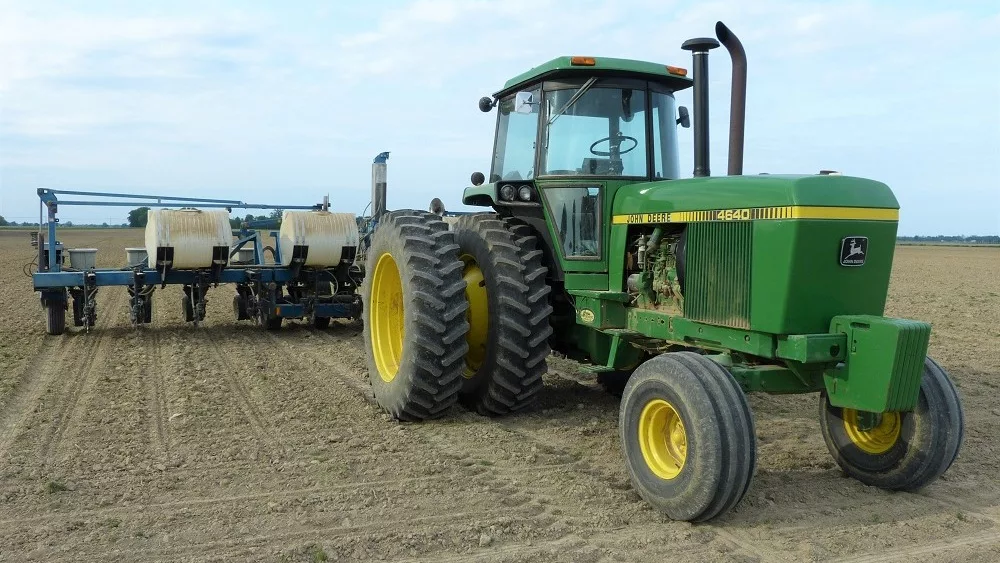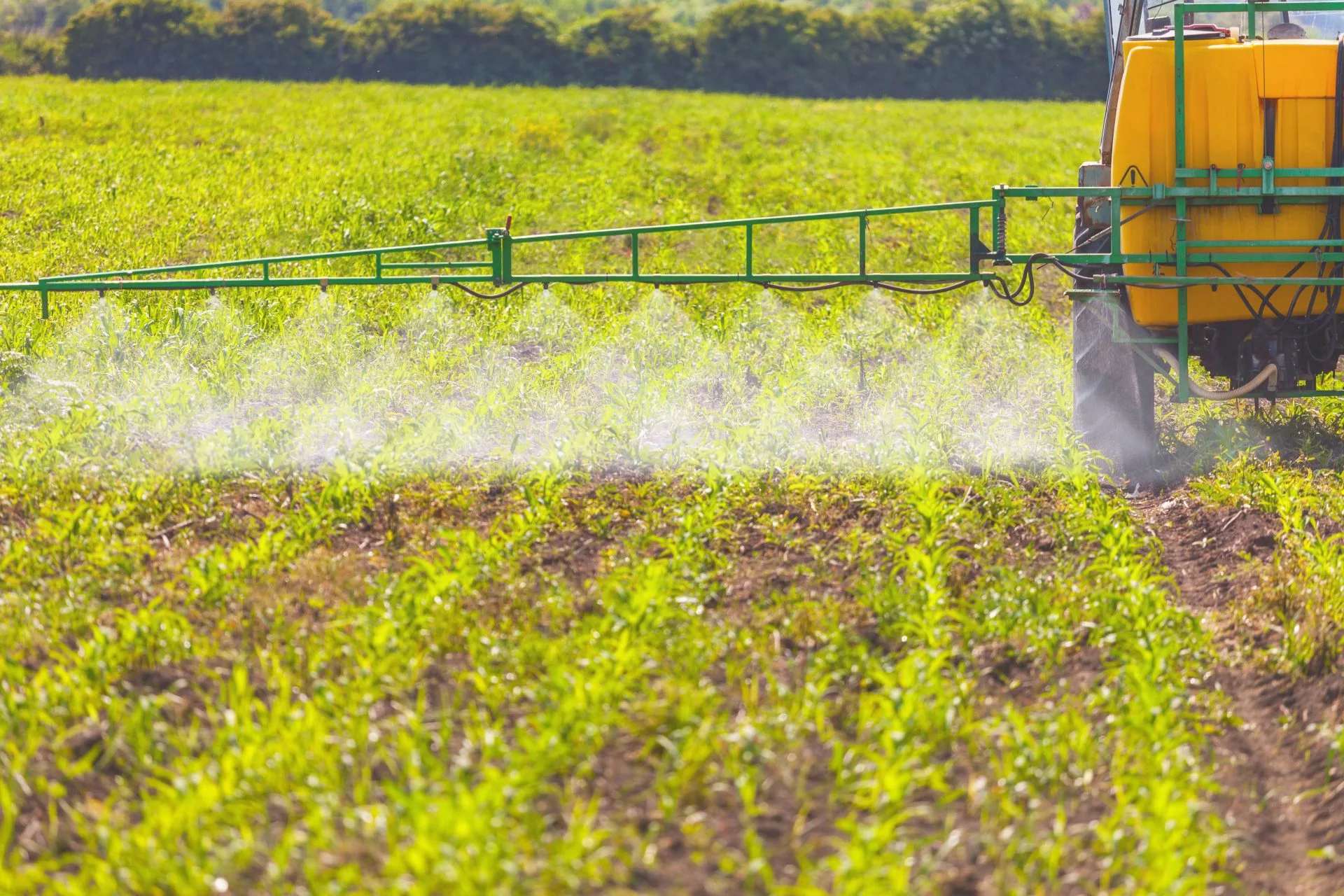
Michigan farmers have done a significant amount of catching up when it came to planting progress this past week.
So far in Michigan, 31 percent of the expected corn crop has been planted according to the USDA’s Weekly Crop Progress Report for the week ending Sunday, May 15, 2022. This compares with only four percent last week. Last year, 67 percent had already been planted and 41 percent was planted as an average over the past five years. At this time, only two percent of the state’s corn crop has emerged.
The USDA also shows that 32 percent of the expected soybean crop has been planted at this time. Last week, that percentage was at eight percent. This compares with 58 percent in 2021 and 30 percent over the past five-year average. Two percent of the state’s soybean crop has emerged.
In addition, 94 percent of the state’s sugarbeet crop is planted, which is a huge jump of just 36 percent last week. This compares with 100 percent already planted last year and 87 percent over the past five-year average.
The report shows that there were 5.1 suitable days for fieldwork this past week compared to 2.5 suitable days the week before.
Warm weather and sunshine spread across much of the State, allowing producers to make considerable planting progress, according to Marlo D. Johnson, Director of the Great Lakes Regional Office of the National Agricultural Statistics Service.
Record high temperatures and wind began to dry saturated fields throughout the week. A few counties in the Mid-Lower Peninsula reported rainfall, but planting of corn and soybeans remained in full swing.
Abnormally dry areas persisted in the Eastern Upper Peninsula. In the Southeast there were reports that alfalfa and other hay fields have jumped ahead in maturity. Other activities during the week included spreading manure and applying fertilizer.
Fruit
A dramatic change in weather that saw daytime highs exceeding 80 degrees, quickly pushed fruit crop progress. Growers hurriedly applied cover sprays to ensure that newly emerged green tissue was covered for diseases like cherry leaf spot and apple scab. In the Southwest, apples ranged from at pink to full bloom.
In the Northwest, Honeycrisp and Gala were at pink. On the Ridge, apples were at first bloom. Apples in the West Central, were mostly in pink to first bloom. Tart cherries in the Northwest were about 35 percent in bloom.
In the Southwest, tarts were in full bloom. On the Ridge, tarts were at first white. In the West Central, tart cherries ranged from bud burst to bloom. In the Southwest, peaches ranged from blooming to shuck. On the Ridge, peaches were in full bloom. In the West Central, peaches ranged from calyx red to first bloom. Blueberries in the Southwest were in early pink bud to bloom depending on location and variety.
Vegetables
Summer-like weather conditions prompted an increase in field activities on vegetable operations throughout the State. Sweet corn planting and parsnip harvest were underway, and field rhubarb harvest was approaching.
In the West Central region, early plantings of carrots were emerging, and some producers were preparing to sow summer squash and zucchini. Celery transplanting was ongoing while onion sowing was concluding.
Asparagus growth and harvest were ramping up, with picking for fresh market sale already underway in the East. In the Southwest, leeks were being transplanted, and garlic root rots had been reported in some fields.





